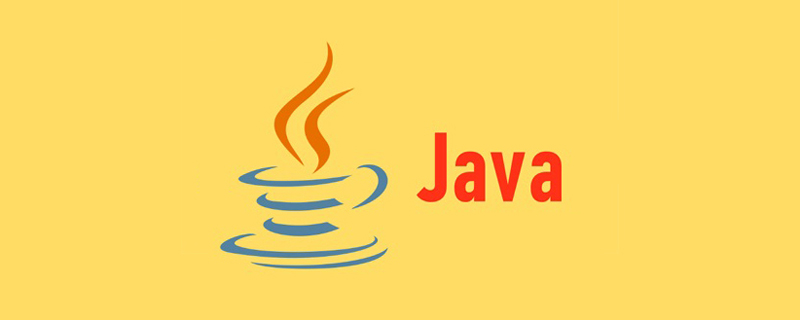

#Is there any difference between c language and java syntax?
There are grammatical differences between C language and Java. The difference is:
1. C language has pointers, but Java does not have pointers;
The syntax of C language is relatively simple, but its highlight pointer is easy to make mistakes. It is difficult to make good use of pointers. If used well, it will be very helpful to the program. On the contrary, it will make The program crashes, and Java does not have the concept of pointers. Java is more practical and practical for developing things. Therefore, it also effectively prevents a series of operating layer errors caused by pointers (such as system crashes caused by dangling pointers), which is more conducive to Security of Java programs.
2. Identifiers
The identifiers available in C language are numbers, uppercase and lowercase letters, and underscores, and cannot start with numbers; the identifiers available in Java are except C. In addition to the three types, there is one more dollar sign ($), which also cannot start with a number.
3. Keywords:
The keywords in C are:
auto break case char const
continue default do double else
##enum extern float for goto##if int long register return
short signed sizeof static struct
##switch typedef union unsigned void volatile whileThe keywords in Java are:
abstract boolean break byte case
catch char class continue defaultdo double else extends falsefinal finally float for ifimplements import instanceof int interfacelong native new null packageprivate protected public return shortthis throws transient truetry static super switch synchronizedvoid volatile while##4. Data type :
The data types in C are: 1) Basic types: integer type (basic integer type int, short integer type short[int] and long integer type long [int ] and signed type [signed], unsigned type unsigned), character type [signed/unsigned] char, floating point type (single precision float, double precision double and long double precision long double), enumeration type
2) Construction type: array type, structure type, union type
3) Pointer type
4) Empty type
Note The general number of bytes occupied by each type: int: 2 bytesshort: 2 bytes
long: 4 bytes
char: 1 byte
float: 4 bytes
double: 8 bytes
long double: 16 bytes
The above storage is except char Except for the type, other systems are slightly different, but the number of low-precision digits cannot exceed that of high-precision. Data types in Java:
1) Basic types: character type (char), numerical type (integer type (byte type byte, short integer type short, integer type int, long type) Integer type long), floating point type (single precision type float, double precision type double)), Boolean type (boolean (true or false))
2) Composite type: class, interface, array
Note the number of bytes occupied by each type of storage: byte: 1 byte5. Logical operators and bitwise operatorsshort: 2 bytes
int: 4 bytes
long: 8 bytes
char: 2 bytes (Unicode encoding)
float: 4 bytes
double: 8 bytes
The storage space corresponding to the above data types has nothing to do with the platform and is fixed to this value.
The logical operators &&, ||, ! both in C and Java. There are three types, and they have the same meaning. The difference is that the operation result in C is 0 and non-0, while in Java it can only be true or false. There are also &, |, ^ (XOR) in Java. The difference between & and &&, | and || is that the former is a non-shortcut operator and the latter is a shortcut operator, that is, judgments are made before and after &, and if false before &&, no judgment is made. For the subsequent judgment, |judges both before and after. If || is true before, the subsequent judgment will not be made. ^ means both are the same and false. The bitwise operators in both C and Java are: &, |, ^, ~ (reverse), << (left shift), >> (right shift), and their meanings are basically the same. The right shift operation of negative numbers in C differs depending on the system (it may be an arithmetic right shift or a logical right shift), while in Java, >> represents an arithmetic right shift, that is, the highest bit is filled with the sign bit. The logical right shift (unsigned right shift) operator in Java is >>>, which uses two's complement right shift and adds 0 to the high bit. Recommended learning: Java video tutorial
The above is the detailed content of Is there any difference between c language and java syntax?. For more information, please follow other related articles on the PHP Chinese website!